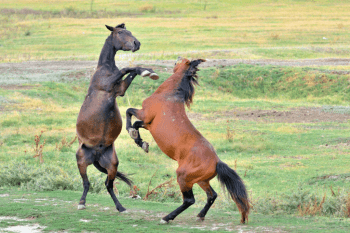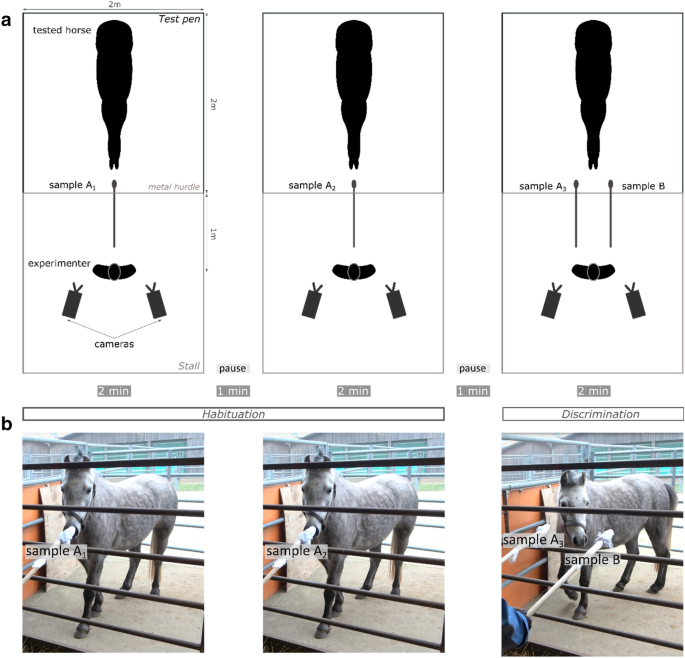How to Handle a Dominant Horse: A Comprehensive Guide

Handling a dominant horse requires patience, understanding, and consistent training techniques. Dominant horses often exhibit behaviors such as pushing boundaries, asserting control, and sometimes showing aggression. This guide will help you navigate these challenges effectively.
Understanding Dominant Behavior in Horses

Dominance in horses is a natural behavior rooted in herd dynamics. Horses establish a social hierarchy to maintain order, and a dominant horse often tries to assert its position. Recognizing the signs of dominance is the first step:
| Behavior | Description |
|---|---|
| Pushing or crowding | The horse may push into your space |
| Nipping or biting | Attempts to assert control through bites |
| Refusal to follow | Ignoring commands or resisting handling |
| Pinning ears | Sign of irritation or warning |
Strategies to Handle a Dominant Horse
1. Establish Clear Leadership
- Use calm, assertive body language.
- Be consistent with commands and routines.
- Avoid showing fear or hesitation.
2. Set Boundaries
- Use physical barriers like fences or halters.
- Teach the horse to respect personal space.
- Reward positive behavior promptly.
3. Consistent Training
- Implement regular training sessions focusing on obedience.
- Use positive reinforcement techniques.
- Avoid punishment that can escalate aggression.
4. Safety Measures
- Always wear protective gear.
- Be aware of the horse’s body language.
- Have an escape plan in case of aggressive behavior.
Practical Tips
- Spend time bonding with the horse to build trust.
- Work with a professional trainer if needed.
- Keep training sessions short but frequent.
FAQ
Q1: Can a dominant horse be gentle?
Yes, with proper training and leadership, dominant horses can become calm and cooperative.
Q2: How long does it take to change dominant behavior?
It varies depending on the horse’s history and consistency of training but expect weeks to months.
Q3: Should I use punishment to control dominance?
Punishment can worsen behavior; positive reinforcement is more effective.
Summary
Handling a dominant horse is about establishing trust, clear leadership, and consistent training. Understanding the horse’s behavior and responding appropriately ensures a safer and more rewarding relationship.
Would you like me to help improve the clarity of any specific section, add more detailed training exercises, or expand the FAQ section?
